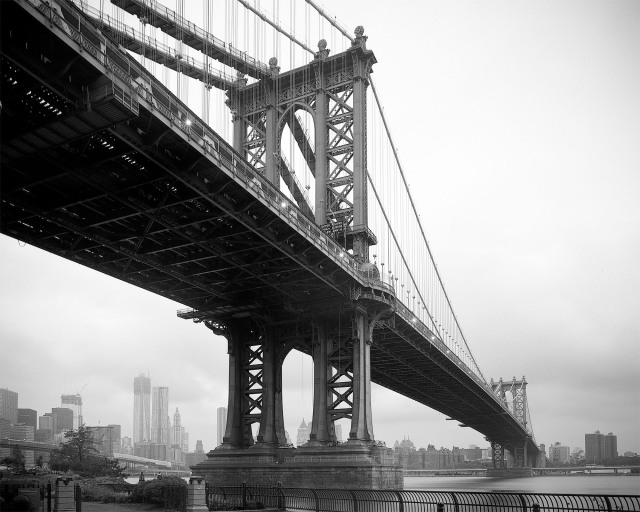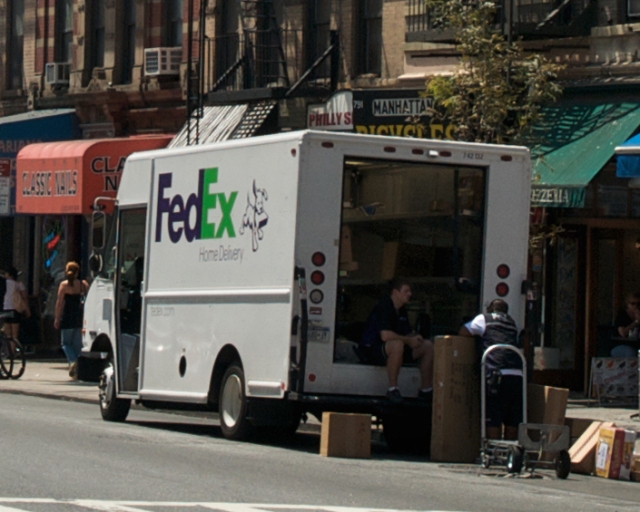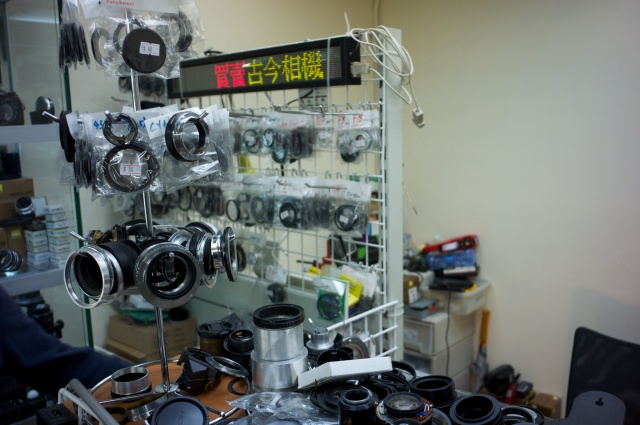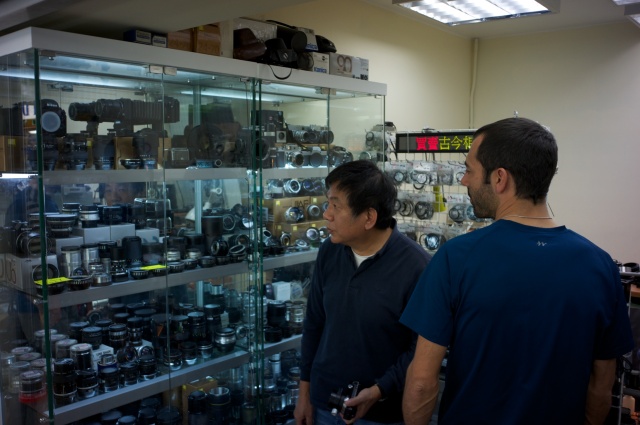This is the inaugural post of DreamLenses, AKA “Lenses, film and silicon”.
My wish is to share my love for photography in general, especially the film photography and the huge amount of wonderful cameras and lenses available on the used market.
I say used but one may want to buy new ones. They cost almost the same price as when they ruled the market… Fancy a Mamiya 7II and a 43mm? This kit is around 5400$ if you buy it new today. The same kit in good condition may be found for 2000$ used. This is still a huge amount of money, but it could be achievable by an amateur.
My personal journey towards film photography was a bit “disturbed” buy the emerging DSLR lineup in the past few years:
Being horrified by my Ixus (the first one, remember!) results I decided to learn”from scratch” by borrowing my stepfather’s Minolta SRT101 and his trusty fixed focal manual lenses.
I enjoyed it so much I bought a used Nikon FM2 and a 50mm f1.8 AIS. Back then I didn’t realize how good this lens was: “natural” FOV, bokeh, sharpness when stopped down. It was just the only one I could afford!
I’m keen on tennis, so, to shoot at Roland Garros I treated myself with a used F80 and a used 180mm f2.8 (the same that’s still in Nikon catalog as of 2010). Adding a used film scanner (LS2000) I like to think about it as a 10Mpix set, when the 6Mpix D100 and EOS10D was the first “serious” DSLR, quite expensive indeed.
I was lucky enough to travel to New York and buy a F100 there. A new one I must confess, it was less than a used one in Paris.
Back then I tried many slides and negatives both for sport and landscape photography, and became fond of PROVIA and TMAX400, while I still struggled to find a colour negative that pleased me. And I’m still looking.
Being used to find deals in the US, I bought a Mamiya 7 (the “old” one) with a 43mm Biogon at MPEX. I guess my love for lenses come from this one. I loved photography, but I wasn’t aware lenses could perform so well, so a lens could add to the soul of pictures. I still think it’s not about the camera, it’s about the eye brain behind it. But has any of you ever used what he would call “THE” lens? Then it makes you want to shoot better and more. That was the case for me, it fueled my interest in photography.
By the way with this gem, I bought a decent flatbed scanner to squeeze the most I could (not enough, this is no drum scanner, but hey…) so then I had kind of a 60Mpix rangefinder camera (-:
I made a big mistake the year after: I sold it to avoid having 2000$ sleeping on my shelves: I could only use it for specific work (landscapes, and not any landscape, you need a foreground…) and thought I didn’t use it often enough. Now I regret this choice, but as you’ll see my love for non reflex lenses grows on, and the 43mm was the initiator.
Enough theory, here’s what I was able to get with it:

M7II+43mm from top the Empire State Building

M7II+43mm Manhattan bridge

M7II+43mm: Time Square
The DSLR were then mature enough to my taste so I threw big bucks in a D300 while in NY. I don’t regret it, since it hasn’t suffered “digital rot” yet and it already performed well (night shots, panoramas, tennis, landscapes). While I was shopping, I couldn’t resist an Hasselblad kit with the 80mm f2.8 planar with a back and a prism for 1000$. NY is great for camera deals, especially if you live in Paris where used Hasselblad trade for three times this price.
By reading these lines you could think I’m a spoiled kid, but I almost always sell my gears to be able to move on. And that’s true , I’m a spoiled kid.
Still dreading the day I sold my 43mm, I was reading through forums and websites, and the idea of stepping into large format grew, especially after I found out this could be the cheapest set of hardware I’d have to buy. And that’s the case! What’s the link with the 43m? Well, for 4″x5″, you can afford to buy a multicoated Biogon for 250$ or so, and it gives sheet film quality. Even not as sharp in terms of pure FTM as a Leica or Zeiss M-mount 21mm, a huge sheet of film produces far more detail than a 135 image (at the same FOV of course).
In the next post I’ll explain it, what made me brave enough to try it and why I’m pleased I did.
A little image to tease a bit:

Pre anniversary Graflex Speed Graphic
A clue: 1936
The next post will feature images taken with this vintage tool, which tend to draw attention and even often gentle sarcasm when people see me use it. You see, the have such wonderfull DSLR (some are even full frame,My oh My, figure it out (-; ) and I use an outdated gear made of wood and leather (and a bit of glass), my head hidden under a crappy black T-shirt. Poor me.






































